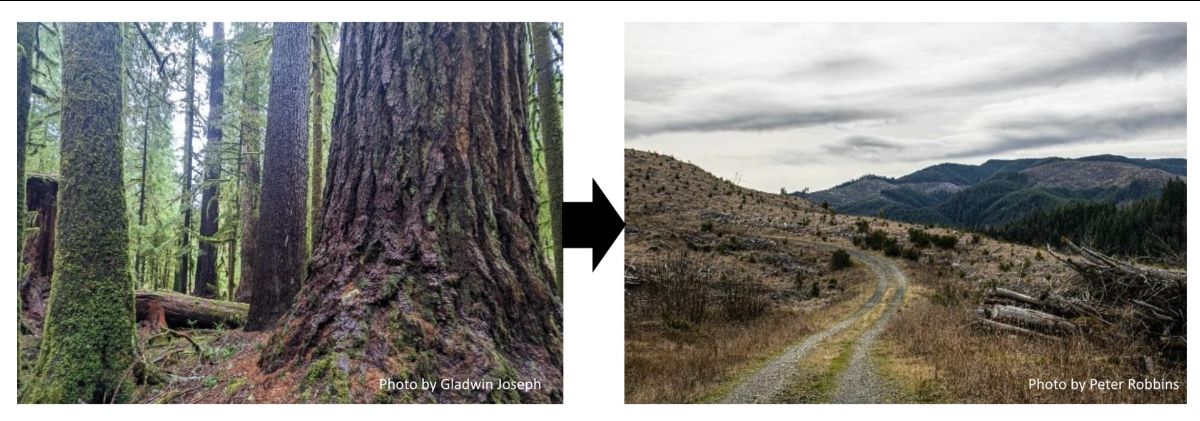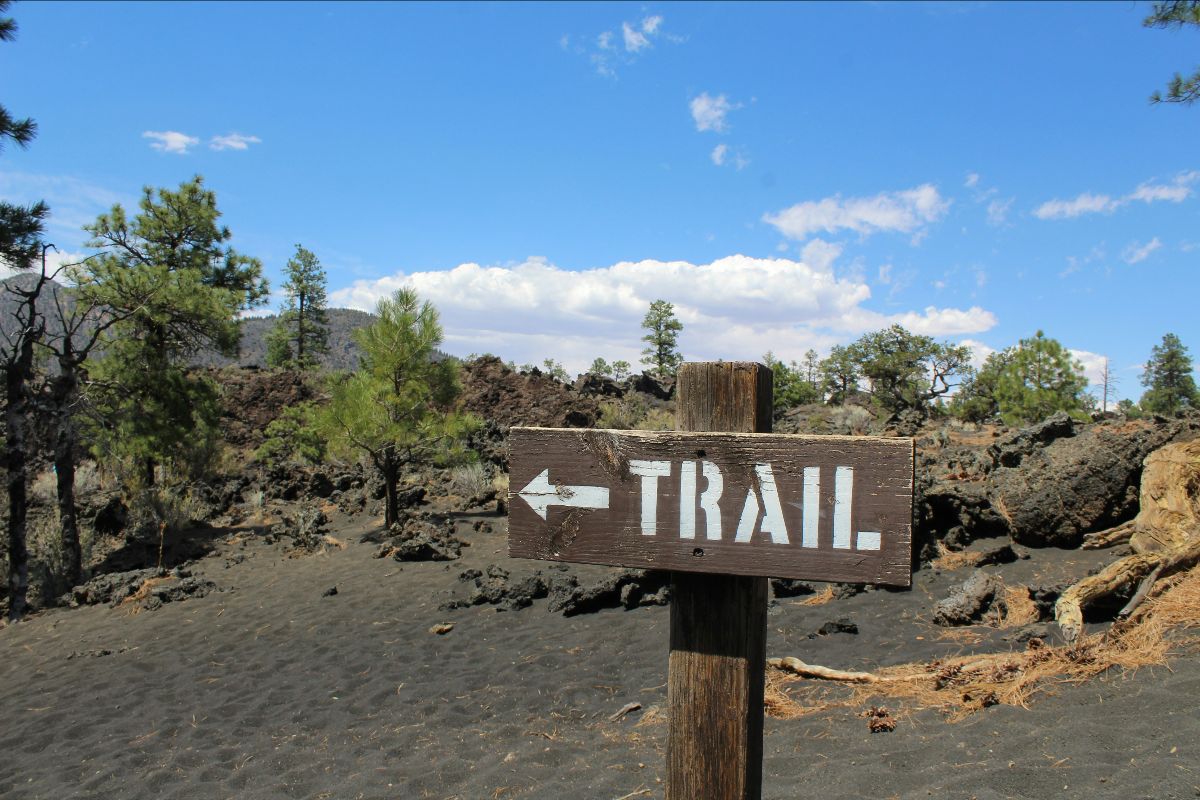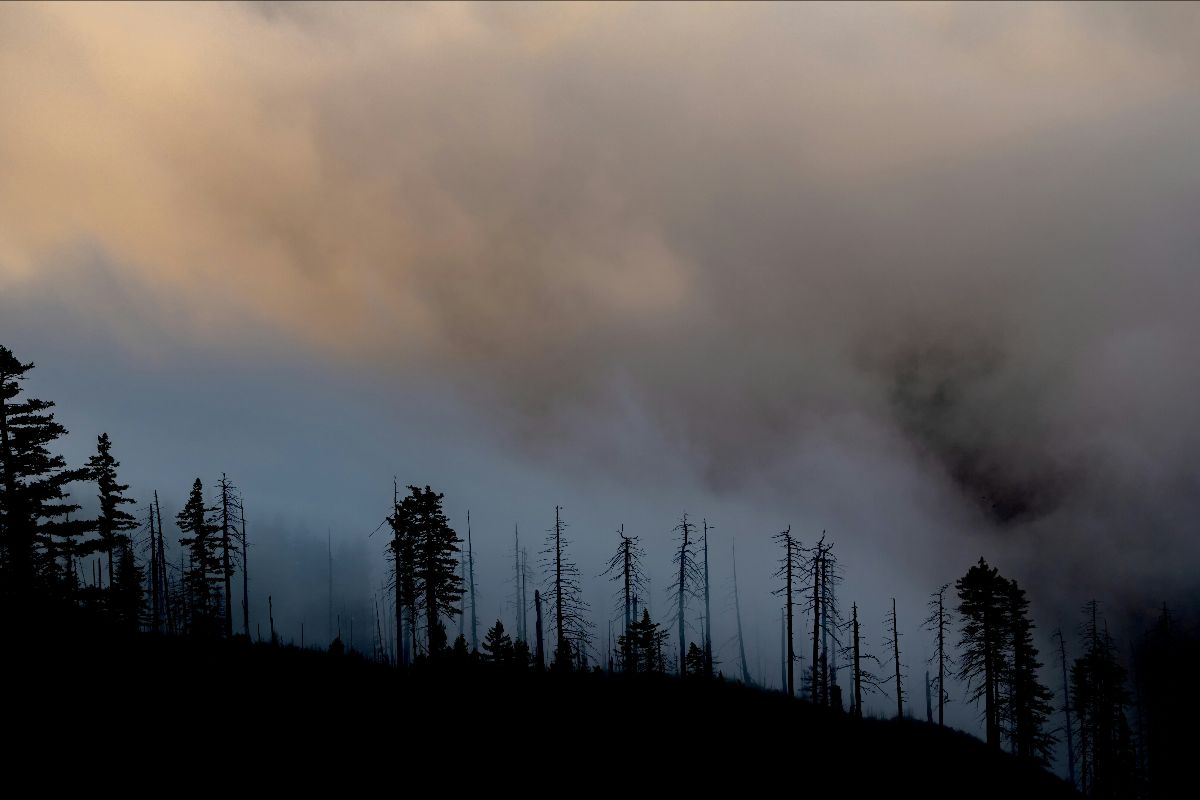Landmark Conservation Policy Rescinded

Last week, USDA Secretary Rollins announced that the Administration is rescinding the landmark 2001 Roadless Rule Policy, which prohibits road building and resource extraction on 58.5 million acres (~30%) of National Forest lands. The rule was enacted after a public comment period and 600 open meetings around the country resulting in 1.5 million comments – overwhelmingly in favor of the rule – from citizens demanding that the degradation of environmentally sensitive roadless areas be halted.
What is a Roadless Area?
Roadless areas are National Forest lands that have remained unroaded for a variety of reasons, including inaccessibility and environmental sensitivity. Roadless areas provide many ecosystem services that are not as readily available in roaded landscapes, such as:
• Provide refuges for many threatened, endangered, and endemic fish and wildlife species.
• Contain old-growth forests and other rare habitat types that are more resistant to forest fires and effective at controlling climate change.
• Provide clean drinking water to millions of Americans.
• Serve as unspoiled reference areas for research into issues such as climate change.
• Act as buffer zones against invasive, noxious, or exotic species.
• Protect important historic and cultural areas.
• Host a wide variety of outdoor recreation activities for visitors.
Leading up to the enactment of the Roadless Rule, several scientific studies demonstrated unequivocal support for the protection of roadless areas (see insert). At the same time, scientists were turning their attention to documenting the impacts of roads and associated logging on the extent and rate of forest fragmentation across the nation (see Conservation Biology 2000 – Special Edition on roads).
Roads are one of the most destructive human impacts on the planet and the U.S. has more roads than any other nation on Earth. The current road network present in our National Forests is already over 378,000 miles, enough to drive around the globe nearly 16 times. Consequently, roadless areas are what remain of the nation’s dwindling intact and functional ecosystems.
Unfortunately, once roads are built, they rarely go away. The negative impacts of roads on the environment and natural ecosystems are numerous and significant. The physical presence of roads is problematic in many ways – wildlife is particularly impacted – but the bigger issue is the sprawling impacts that follow. Widespread habitat destruction, fragmentation, and degradation are made possible by the access roads provide.
In her recent statement, Secretary Rollins stated, “This move opens a new era of consistency and sustainability for our nation’s forests. It is abundantly clear that properly managing our forests preserves them from devastating fires and allows future generations of Americans to enjoy and reap the benefits of this great land.”
Contrary to the claim that it is ‘abundantly clear’ this action will make things better; the scientific evidence clearly states the opposite. With regard to wildfire, numerous researchers have clearly demonstrated that roads significantly increase human-caused ignition. And once a fire is started, the corridors of invasive flashy fuels that roads promote only increases the risk of a severe fire.
The benefit to future generations is truly aspirational, but destroying and degrading our public lands for corporate profit is simply stealing from current and future generations. Our National Forests (including roadless areas) already provide billions to the local economies. This economy is sustainable long-term as it does not rely on extraction.
The majority of the American people love that we still have unspoiled public lands that belong to all of us. The vision the Roadless Rule embodied was popular in 2001 and it is even more popular now. Rescinding the Roadless Rule is indefensible on all counts.
Designing Sustainable Recreational Trails

Recreation on public lands has boomed over recent years and trails are a major value to many outdoor enthusiasts. However, there are many aspects of trails that influence their long-term sustainability. Trails are not benign ecologically and there are numerous considerations for reducing their impact on natural ecosystems. There are also economic, physical, and social considerations (including Tribal treaty rights) to consider when designing a sustainable trails network.
On July 26, CBI’s Geospatial Team Lead, Rebecca Degagne, was a guest of the American Trails “Advancing Trails Webinar Series” giving a talk on Data-Driven Decision Support for Sustainable Trail Planning and Management. Rebecca gave an overview of the ongoing work that CBI has been involved in to provide the US Forest Service Region 6 (Oregon and Washington) and Deschutes Trails Coalition (Oregon) a decision support application that provides an assessment of the environmental, economic, physical and social sustainability of existing and potential trails. Incorporating 150 datasets, the tool assembles data such as aesthetic value, maintenance costs, potential user type conflicts, landslide vulnerability, habitat vulnerability to produce a score for each trail segment in question. The pilot Trails Assessment and Planning Tool has been well received and getting lots of use.
Global Wildfire Collective Webinar – Fire in Boreal Ecosystems

REGISTER NOW for the second event in the Global Wildfire Collective’s Fire Ecology webinar series! This time, the focus is on wildfires in boreal ecosystems. This session will explore both the shared characteristics and key differences between the North American and Eurasian boreal biomes. We’ll investigate the ecological shifts and human influences shaping these regions, and examine current management strategies, policy frameworks, and the critical scientific and data gaps that must be addressed to deepen our understanding of fire dynamics across boreal landscapes.
Speakers at this event:
- Dr. Mike Flannigan – BC Innovation Research Chair in Predictive Services, Emergency Management and Fire Science, Faculty of Science, Thompson Rivers University
- Dr. Sarah Henderson – Scientific Director of Environmental Health Services, BC Centre for Disease Control (BCCDC)
- Dr. Johan Sjöström – Senior Research Scientist, RISE
- Dr. Jen Schmidt – Associate Professor of Natural Resources Management and Policy, University of Alaska, Anchorage- Institute of Social and Economic Research